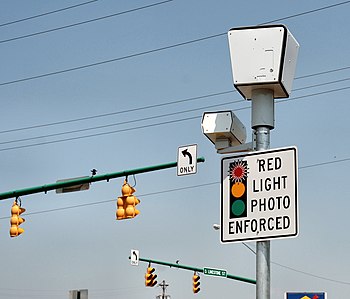Every year like clockwork, our masters in Washington cluck like hens over government spending. They lay new plans to reduce the annual budget deficit (currently hovering at around half a trillion dollars per year). They hatch new schemes to pay down their accrued debt (more than $18 trillion and increasing at a rate of more than $2 billion per day).
This year’s proposal from House Republicans would theoretically balance the budget … ten years from now. It would also theoretically reduce the debt from 74% of GDP to 18% … over the course of 25 years.
Many “moderate” Republicans and most Democrats criticize the plan as unworkable and, to use the expression favored by fraidycat clingers to the status quo, “unserious.” Why? Because they think ten years is unrealistically fast.
I agree. The plan is unworkable and “unserious.” But for the opposite reason. Ten years is far too long. Any plan relying on future politicians to stick to plans drawn up by today’s politicians is doomed to failure.
US Representatives are elected every two years, US Senators every six. While re-election rates are scandalously high, the faces do change over time. And the minds of long-term incumbents change as well. When the credit card doesn’t come with a limit, every crisis, real or manufactured, becomes an excuse to give up on fiscal discipline and treat themselves to a spending spree.
Fortunately, there’s a way out of this mess. It’s this one weird trick I learned in a high school math class. Wanna hear it? Here it is:
Congress should stop spending more money than it takes in.
Not ten years from now. Not five years from now. Not next year. NOW.
Yes, it really is that simple.
Will massive spending cuts sting? Yes, they will. Every household in America knows what it’s like to have to cut spending. We do it when we have to because we have to. Life isn’t fair.
How bad would it smart? Well, if Congress cut 2015 spending to the balance line, the federal government would still spend about half again as much this year as it spent in 2005. I’m sure you recall, as do I, that in 2005 America’s starving masses died in the ditches alongside its roads. Of course I’m just making that up. Remember? We couldn’t afford roads!
Where to cut? Well, if Congress reduced the budgeted cost of “defense” by 90%, the budget would balance and the US would still be the world’s first or second largest military spender (depending on which direction China’s military spending takes). But if the politicians want to split the cuts between various budget lines, fine.
Is it politically doable? Yes. The Republicans control Congress. If they don’t appropriate money for the executive branch to spend, the executive branch can’t spend that money. If the budget isn’t balanced, it’s because Republicans don’t want to balance it.
It’s time and past time for America’s politicians to start living within their ample means. Balance the budget. Now.
Thomas L. Knapp is director and senior news analyst at the William Lloyd Garrison Center for Libertarian Advocacy Journalism (thegarrisoncenter.org). He lives and works in north central Florida.
PUBLICATION/CITATION HISTORY
- “One weird trick for balancing the US government’s budget,” by Thomas L. Knapp, Citizen of Laconia [New Hampshire], 03/19/15
- “It’s budget time in Washington, DC again …” by Thomas L. Knapp, Gulf Breeze, Florida News, 03/26/15



